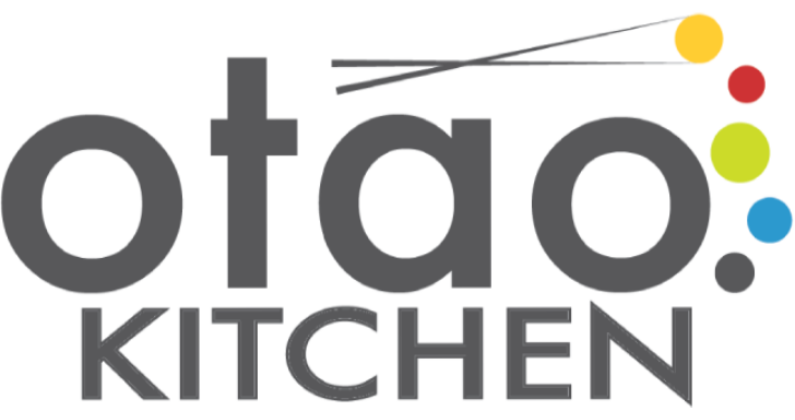Let’s face it: following along with celebrity chefs on screen can be inspiring, but once you step into your own kitchen, it can feel like a whole different world. That’s where hands-on learning comes in. At Otao Kitchen, we believe the best way to become a confident cook is by rolling up your sleeves and getting involved.
In this blog, we’ll compare the entertainment value of cooking shows with the lasting impact of hands-on learning—and help you decide which method truly works best for you.
The Rise of Cooking Shows and Online Videos
Over the past decade, food content has become one of the most watched categories on platforms like YouTube, Instagram, Netflix, and TikTok. From 15-second meal hacks to hour-long MasterChef episodes, cooking videos are everywhere—and people love them.
There’s no doubt that watching professional chefs whip up perfect pasta or beautifully plated desserts can be mesmerizing. These shows serve up inspiration, introduce viewers to new ingredients and cuisines, and sometimes provide step-by-step guidance that seems simple enough to follow.
Plus, the convenience is unbeatable. You can learn how to make Pad Thai, sushi rolls, or sourdough bread without ever leaving your couch. And let’s not forget the entertainment factor—cooking shows are designed to keep you watching, often with dramatic flair, fast edits, and flawless final dishes.
But there’s a catch.
Watching cooking videos is passive learning. You’re observing, not practicing. It may look easy on screen, but replicating those dishes in real life requires skills you can’t develop by simply watching. Timing, knife techniques, seasoning—these come with experience, not just exposure.
So while cooking shows offer inspiration and ideas, they often lack the hands-on depth needed to actually master the craft. That’s where the next part of the journey begins.
The Benefits of Hands-On Learning
Watching someone cook is one thing—doing it yourself is where the real learning happens.
Hands-on cooking classes, like the ones we offer at Otao Kitchen, give you the chance to truly engage with food. You’re not just seeing a technique; you’re trying it, tasting it, and learning by doing. That kind of muscle memory and real-time feedback just doesn’t come from watching a screen.
Here are some standout benefits of hands-on learning:
Immediate Feedback: In a live class, chefs are right there to guide you—correcting your knife skills, helping you balance flavors, or showing you a trick for rolling perfect dumplings.
Engagement of All Senses: You hear the sizzle, smell the aromatics, and touch the texture of ingredients—turning theory into full sensory experience.
Real Practice: Instead of passively absorbing information, you’re actively applying it. Mistakes become learning moments—and that’s a powerful way to grow.
Confidence Boost: When you make a delicious dish with your own hands, it builds your confidence to cook more often and try new recipes at home.
Fun & Social Learning: Cooking classes are interactive, supportive, and often full of laughs—perfect for friends, families, and team-building.
At Otao Kitchen, we specialize in hands-on cooking experiences where beginners and foodies alike can sharpen their skills and create incredible dishes—from Thai curries and Japanese sushi to dumplings and Vietnamese street food.
Common Pitfalls of Learning from Cooking Shows
We all love a good cooking show, but let’s be real: it’s not always the best way to learn. Here’s why:
1. Everything Looks Too Easy
TV chefs make things look effortless. But in reality, they have prep crews, edited footage, and years of professional training. So when your version of a dish doesn’t turn out quite like theirs, it can be discouraging.
2. Lack of Real-Time Guidance
You can’t pause and ask Gordon Ramsay for help when your pan starts smoking. When things go wrong, you’re left guessing—or googling.
3. Limited Skill Development
You might pick up recipe ideas or general techniques, but you’re not gaining hands-on experience. Watching someone julienne a carrot is different from trying it yourself.
4. Focus on Entertainment, Not Education
Cooking shows are edited to be dramatic, beautiful, and fun—not practical. It’s more about viewer engagement than actual learning outcomes.
That’s not to say you should stop watching cooking shows. They’re great for sparking interest and discovering new cuisines. Just know their limitations when it comes to actually building your kitchen skills.
Blending Both for the Best Experience
The truth is, cooking shows and hands-on learning don’t have to compete—they can complement each other.
Start by watching a show or two to get inspired. Maybe you’ve seen a dish that excites you or a cuisine you’ve always wanted to try. Then, take that interest into a real kitchen setting, like a class at Otao Kitchen, where you can learn how to actually make that dish with expert guidance.
Some benefits of combining both:
You get to try new recipes confidently.
You gain the practical skills needed to bring those YouTube ideas to life.
You build a foundation that turns you from viewer to capable home cook.
At Otao Kitchen, we even offer themed classes that align with popular trends—like sushi rolling, Vietnamese pho, dumplings, Thai street food, and more—making it easy to move from screen to skillet.
Cooking is Best Learned by Doing
Cooking shows are fun, inspiring, and great for discovering what’s possible in the kitchen. But if you truly want to level up your cooking skills, nothing beats hands-on experience.
At Otao Kitchen, our cooking classes give you that real-world practice, expert guidance, and confidence boost to become a skilled, passionate home cook. Whether you're cooking solo, planning a fun outing with friends, or surprising someone with a cooking class gift voucher, you're guaranteed a memorable, flavor-packed experience.
So, next time you’re tempted to binge-watch a food series, follow it up with a class—and cook like a pro.
Check out our upcoming classes and get ready to roll, sizzle, and stir your way to cooking success!




























.jpg)

